
Baldur’s Gate 3 is known for its fantastic storyline and allowing its players the freedom to progress through many different ways. It has been praised time and time again for its almost infinite replayability, and it’s highly unlikely that any player has truly discovered all the secrets the game has to offer. It truly encapsulates the spirit of Dungeons & Dragons, with no playthrough being truly the same.
This freedom of choice allows players to follow a more “evil” path if they desire. Making these choices can have a great impact on the story, and causes players to miss out on a lot. However, there are quite a few benefits to going down this path as well.
In An Evil Playthrough Of BG3, Characters Will Typically Get More Abilities And Unique Cutscenes
An Evil Dark Urge Run Is One Of The Most Rewarding Routes
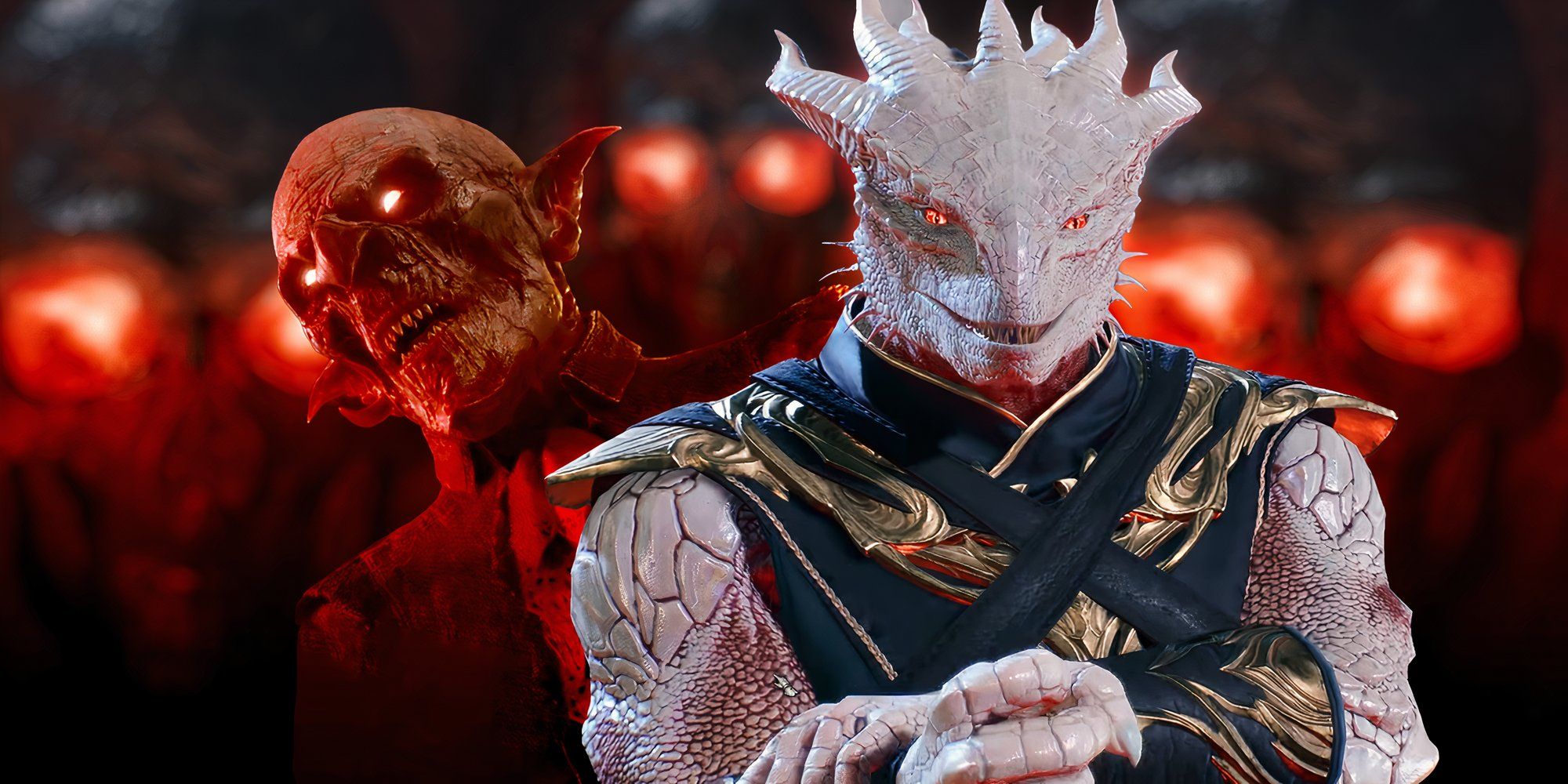
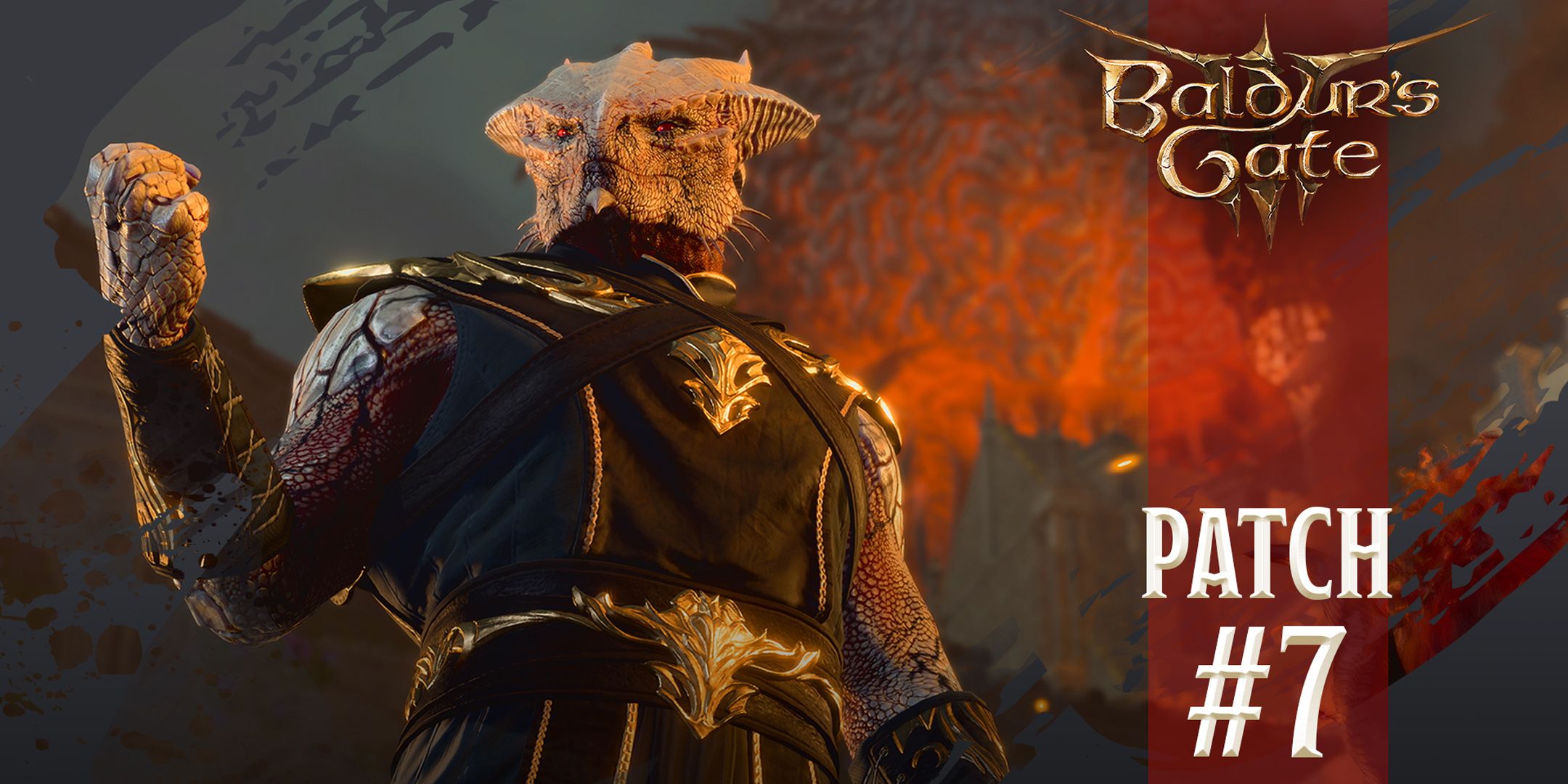

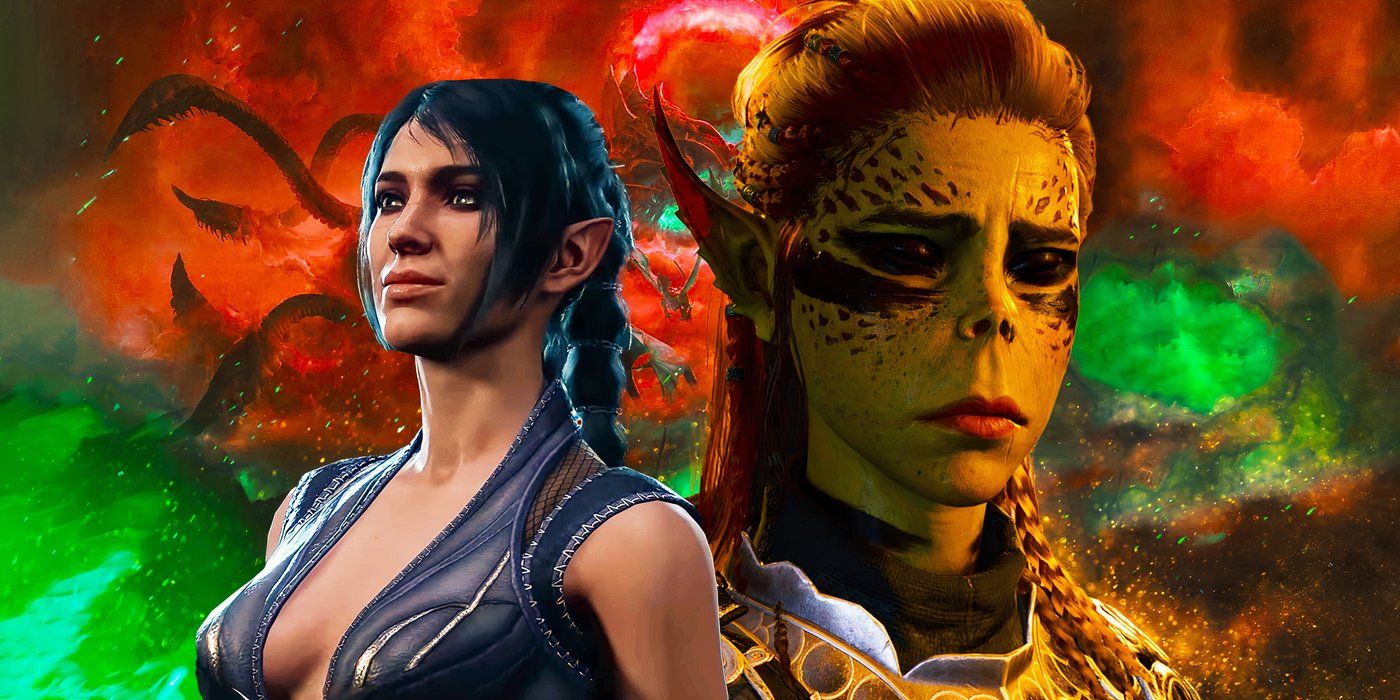
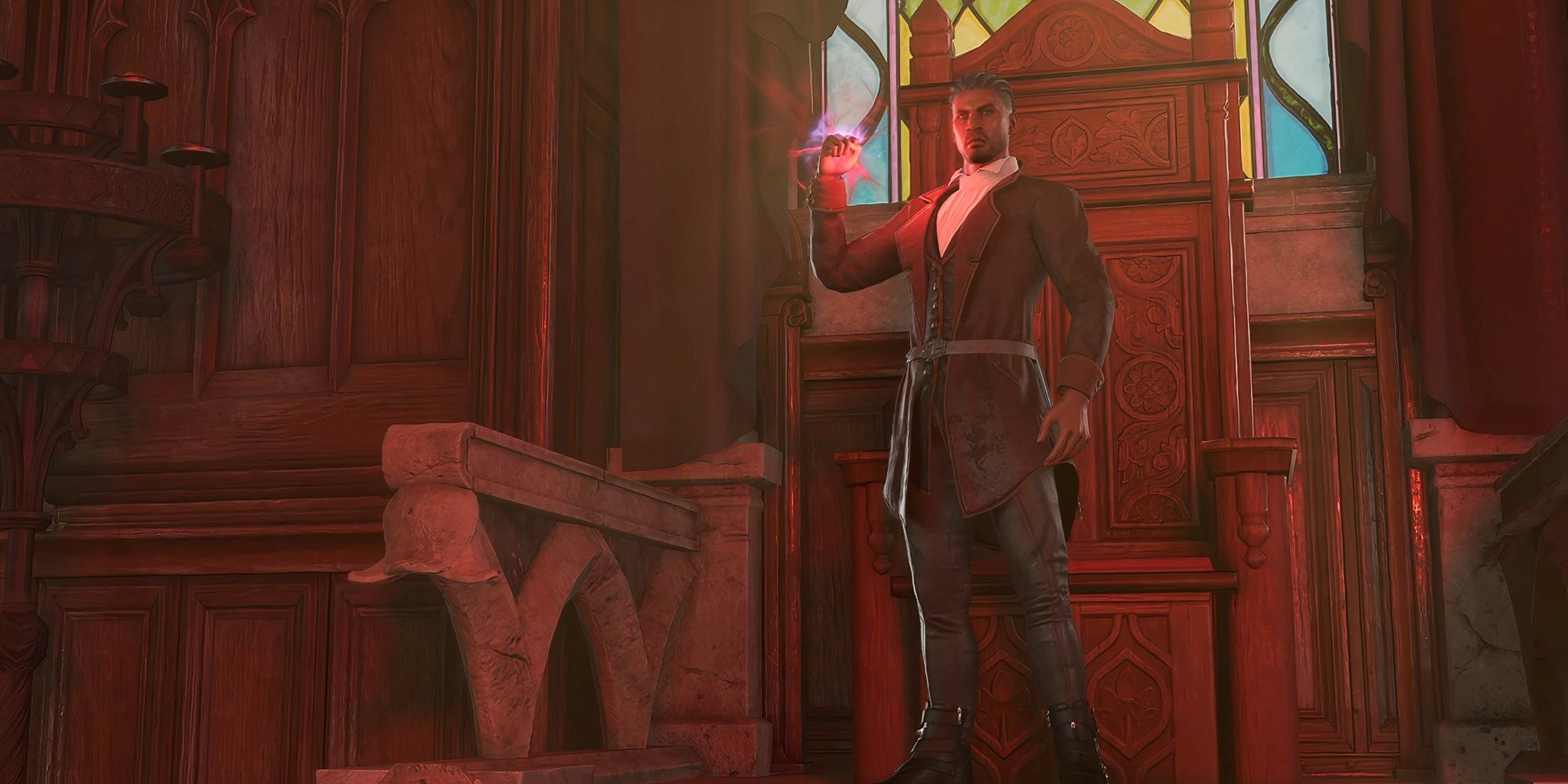
Though most people will play through Baldur’s Gate 3 trying to make the best choices they can, Larian does give players the option to follow an “evil” path. Since Patch 7, there are 13 unique ending cutscenes for evil runs specific to the player’s Origin. It should be no surprise that the Dark Urge Origin is the most rewarding path for those who want to go down this route, as it also comes with several items and cutscenes which cannot be triggered anywhere else in the game. It’s also the only instance where players can encounter Scleritas Fel.
If you played as an Origin Character and made some wicked decisions, you’ll also find that Patch 7 will offer you new, evil-ending cinematics! Tsk’va. But who is the real enemy? Spoilers ahead! pic.twitter.com/5hkI6ZWbtg — Baldur’s Gate 3 (@baldursgate3) August 27, 2024
Choosing a more morally dubious route can also switch up some of the main battles. Most players will know that siding with Minthara in the Emerald Grove will completely change the direction of the story of Act 1, but there are other instances where players can experience a completely different fight – especially in Act 2, like when dealing with the aftermath of killing Isobel. Players may also find themselves with a different line-up of allies at the end of the game depending on their choices, with some potential characters including the Strange Ox, Auntie Ethel, Loroakan, and Bhaal’s forces.
Character
Evil Route Perks
Ascended Astarion
+1d10 Necrotic Damage To Melee Attacks
Upgraded Bite (“Ascendant Bite”)
Misty Escape (Bonus Action)
The Dark Urge (Embrace Route)
Deathstalker Mantle (Item)
Slayer Form
Power word kill (Spell)
Dark Justiciar Shadowheart
Shar’s Spear Of Evening (Item)
Shar’s forces can join the player in the final battle
Mirror Of Loss In Act 3 (Permanent Stat Buff)
Wyll, Having Killed Karlach
Infernal Robes (Armor)
Since many players may be disinclined to being intentionally cruel to their favorite characters, swaying characters towards their “bad” endings comes with a lot of gameplay perks and extra abilities. The most notable example of this is the Dark Urge’s Slayer Form being undoubtedly one of the best things to shapeshift into, and Astarion and Shadowheart receiving new items and powers when embracing their darker sides. Wyll also won’t become a devil and receives the Infernal Robes armor piece if the player kills Karlach, but this doesn’t compare to what the evil-aligned characters receive.
True Evil Playthroughs Miss Out On Many Beloved Characters
Players Can Lose Half Their Potential Companions In An Evil Run
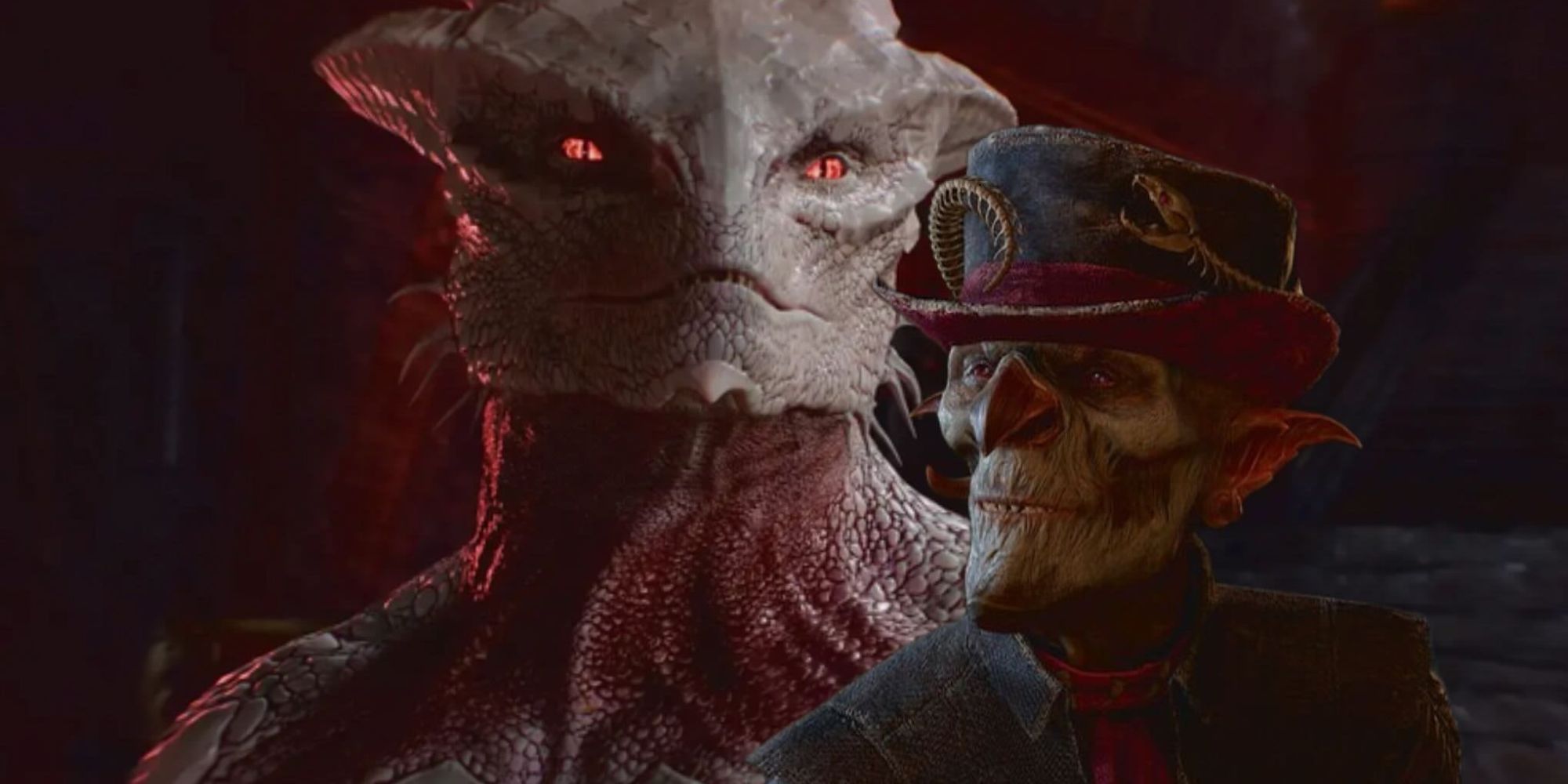
Though Larian does try to reward players who try out an evil route, it’s no surprise that many players find them unrewarding. In a run where a player is trying to make as many evil decisions as possible, they will more often than not raid the Emerald Grove, which will make Karlach and Wyll permanently leave the party for the rest of the game. This means that players miss out on both of their stories, as well as characters like Mizora, Duke Ravengard, Dammon and anyone else who can be initially found in the grove.
Halsin, and sometimes Jaheria, are also unable to be recruited in a fully evil run, which also means that Minsc will also not be able to join the party in Act 3, since his quest requires the presence of Jaheria. The character arcs that players do receive may feel a bit flatter, since often Baldur’s Gate 3’s companions are pushed away from their bad endings throughout their development. Though players are able to recruit Minthara instead, she has some of the smallest amounts of content, and it doesn’t really amount to the five characters guaranteed to be lost.
Lots of evil runs will involve killing Isobel or allowing her to get kidnapped – however, Jaheria can still be kept on the player’s good side if they are able to convince her that it was not them who murdered her.
Though the Dark Urge is perfect for a murderous playthrough, many players prefer taking the redemption route, which means they’ll still be able to access a lot of the Origin’s content while not committing to an evil playthrough. Though players receive rewards for pushing characters towards their worse endings, there aren’t many rewards for evil actions in general. For example, unless a player specifically wants Minthara’s romance scene, there is really no benefit to them raiding the grove, as she can be recruited later at the same point in the story anyway.
Are Evil Playthroughs Worth It In Baldur’s Gate 3?
Evil Playthroughs Can Be Lots Of Fun, But Just Aren’t Suited To The Majority Of Players

Evil playthroughs just don’t have as much to offer as good ones. “True” evil playthroughs miss out on far too much to truly make up for the slight storyline changes. If players are willing to sacrifice Minthara’s Act 1 content, then they’re probably going to be better off going for more of a “betrayal” route if they want to pursue the evil endings, or at least get creative with their story choices, since this will allow them to have all the characters they want in their party, meaning they’ll have more chance not to miss certain vendors, NPCs, and dialogue.
It is fun for players to see what happens when making decisions that they never would have considered in their first playthrough, but that curiosity can only get them so far if they want to enjoy the story. Though players arguably get some of the best items in the game during an evil run, it comes at a massive loss to the narrative. Baldur’s Gate 3 players definitely should experience this route for themselves, but shouldn’t consider it instead of a good run, especially if it’s their first time playing.
Baldur’s Gate 3 has an incredibly in-depth storyline which can take players days to weeks to complete, and a lot of people will not want to dedicate such time to a playthrough that they may not enjoy. However, some may choose to make evil decisions for strategic reasons to help complete Tactician or Honor mode, as abilities like the Dark Urge’s Slayer Form may become the difference between winning a battle or losing a save. At the end of the day, Baldur’s Gate 3 allows players to forge their own stories, but many feel the evil options are lacking.





